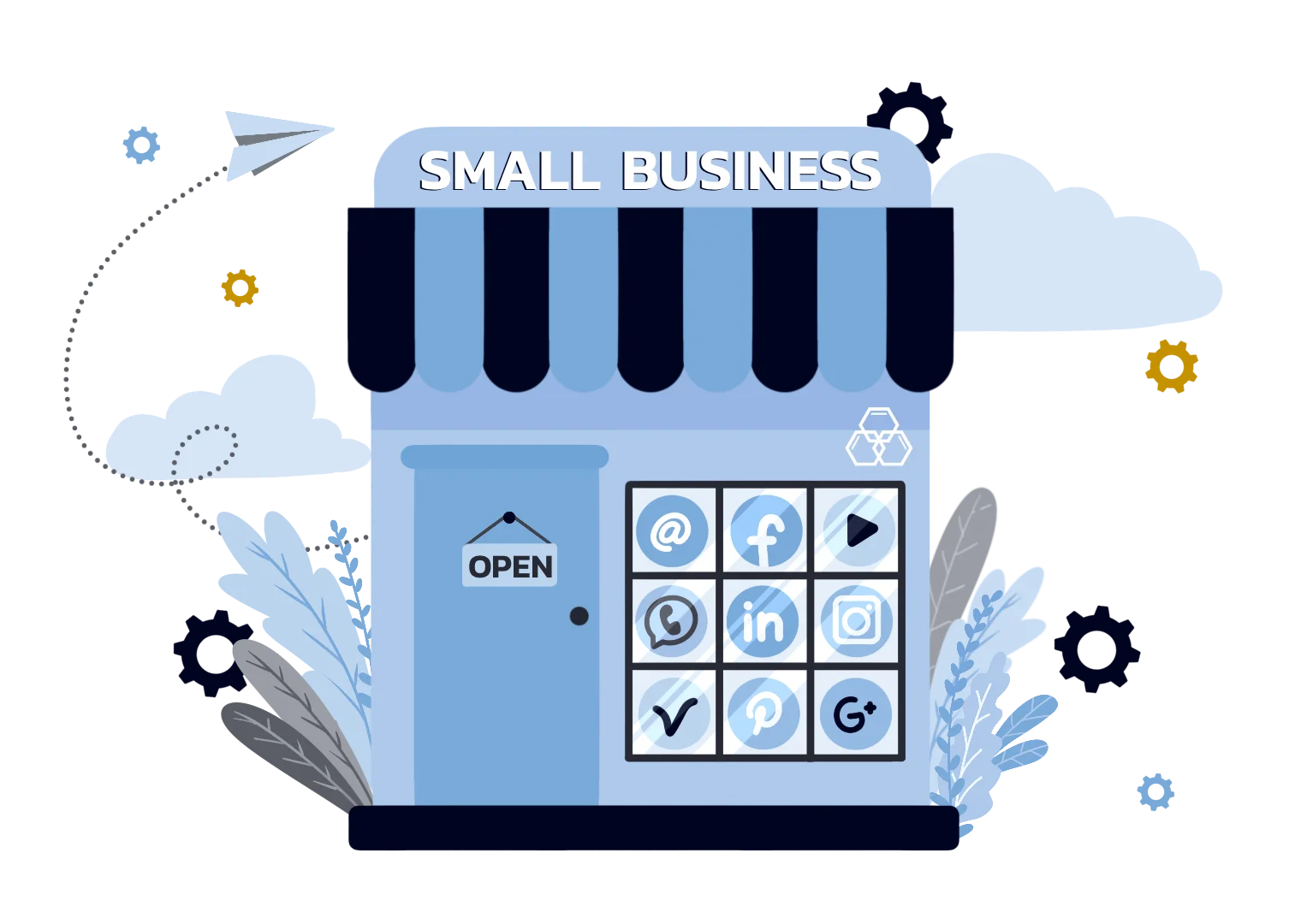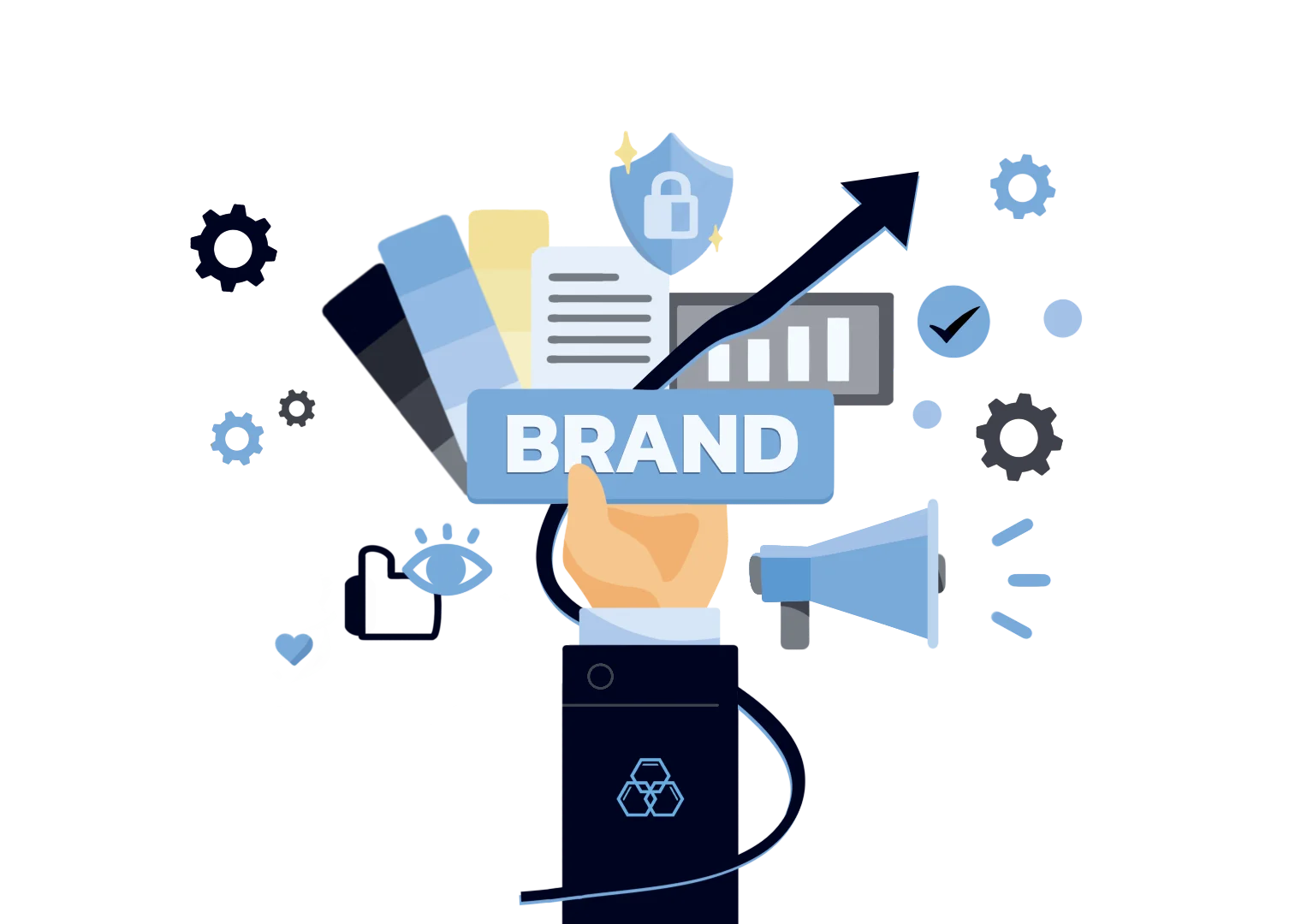Customer preferences may not always be about what they are looking for in a product, especially when they are still yet to choose anything. A brand can always tout its product's peerless quality, but practically every brand does. So how can a brand stand out?
A brand being known may not always be positive and, often, can't be controlled. But don't worry; this guide will tell you all you need to know about brand association and how to develop it to suit your brand strategy.
Let's get started!

What Is Brand Association?
The mental connections that a brand has with people, places, objects, and emotions are known as brand associations. Using powerful brand associations strategically will help you establish brand equity to benefit you and your consumers.

Positive Brand Associations Sell Products
Brands have different meanings for each of us, but some brands mean very clear things to a large number of people. Certain brands have an advantage because they are associated with fantastic concepts, such as SpaceX and spacecraft. Brand strategists experiment with branding concepts in order to instill meaning and generate engagement. But how do these mental models function?
A mental image or link between a brand and a concept is referred to as a brand association. Brand associations are ideas that come to mind when consumers think about a brand, such as "driving performance" for BMW or "classic" for Coca-Cola.
Strong brand associations are mental links that exist between a brand and people, places, things, and emotions. When a brand and another thought occur in the mind of the consumers at the same time, they neurologically connect and are more likely to be thought of together in the future. People may be drawn to or away from your brand as a result of these associations. Being aware of them and strategic about them will help you build brand equity.

Brand Association Can Also be Negative
Negative perceptions can happen when a brand gets introduced to the public. Often people would look at the brand visuals, voice, and identity and think of their own first impressions of the brand. Granted, a negative brand association that comes from the initial impression can always change, but it depends much on your branding team's expertise to develop a positive image for your brand.
Negative brand association isn't also holistically negative. Marketing teams would focus more on the perceptions of their target audience to make sure that they see the association positively, even though other segments see it negatively. For example, political brand association isn't always positive or negative. A brand that associates with conservative traditions may favor conservative audiences but not progressive ones, and vice-versa. How a brand identity molds can always depend on what audience you want to cater to.
To set expectations, it is easy for your brand to suffer negative perception, especially since more people are connected and opinionated about their brand choices. This is why developing a brand isn't just a one-off thing; you are done after you set every brand's visuals. It is always evolving and adapting to your target audience.
Why is Brand Association Important?
Brands live in the minds of the audience, and it is here that associations generate meanings and perceptions.
Brand associations are important because they help customers recall your brand quickly. They come together to form your overall brand identity, and you want to create brand associations in as many meaningful ways as possible. Typically, the words associated with your brand assist consumers in making connections to your product or product category without explicitly telling your audience what you do or sell.
Brand associations, at their best, distinguish you from your competitors and create a positive image for your brand, making people want to buy your products. Understanding the different types of associations that can be formed is the first step in getting your team focused on creating them.
Types of Brand Association
There are numerous types and combinations of brand associations, but focusing on a few that are recognizable, influential, and achievable is beneficial. Here's a list of some of the most common brand association examples you can start doing.

Celebrity-based Brand Association
This is the most common type of product promotion brand association. The image of a celebrity is used to push products in the minds of consumers, which aids in the sale of your product. Celebrities are carefully chosen to be associated with a specific brand. Among the iconic brands, one good example is Jay-Z and TIDAL music streaming.

Interest-based Brand Association
Many businesses use interest as an association factor to lure consumers. These Interests help the brand in piquing their intellect and consciousness. The company's principal goal is to stimulate interest in the minds of consumers and position the brand accordingly. Then, this strong association positions the brand as a way to cater to the customer's interest. This type of brand association makes consumers aware that they can be part of a brand community depending on their interests.

Attribute-based Brand Association
A descriptive trait that characterizes a product or service is called an attribute. Brands may help their offerings stand out against their competition by showcasing differentiating aspects of the products or services they offer. This helps their customers in recalling details about their brand in connection to similar products on the market, which can help them make purchasing decisions.
An attribute-based brand association can refer to components of the product's actual physical composition as well as external aspects such as pricing, packaging, and look. Attributes-based associations can also refer to your brand voice, such as in your content, social media posts, ads, and more.
Attitudes-based Brand Association
Consumers decide on brand attitudes after completing an overall evaluation. This connection is a bit hazy, but it's usually tied to product features, such as perks or benefits. These attitudes can also be tied to a particular lifestyle, such as being physically active, being environmentally conscientious, or becoming a sports or entertainment personality.

Benefits-based Brand Association
As the term implies, it is the product's or brand's benefits that cause consumers to have positive associations with it. These advantages can be functional in character, relating to a specific product or service, or experimental in nature, expressing client feelings while using the product or service. Benefits can also be symbolic in nature, such as a brand that assists a customer in achieving a social aim.
Examples of brand associations based on benefits include luxury-based brand associations (Rolex watches), founder-based brand associations (Arianna Huffington and Huffington Post), character-based brand associations (gecko in Geico's), tagline brand associations like Nike's "Just do it," and customer-service-based brand association. For marketing strategies or any marketing campaign, a company can choose to highlight a specific type of brand association to maximize brand awareness and optimize customer experiences.
How to Build and Maintain a Positive Brand Association

Know Your Values
Defining your brand's core values and principles is the first step in building positive brand associations. Your brand's values should reflect what your company believes in and the principles it upholds. This goes beyond simply making a profit; it encompasses the impact you want to have on society, your commitment to ethical practices, and the overall essence of your brand.
To achieve this, start by asking yourself questions like:
1. What are the guiding principles that shape our brand's decisions and actions?
2. What do we stand for as a company beyond our products or services?
3. What values resonate with our target audience, and how can we align with them?
You can make a list of the values that define your brand and make a brand association map, in which you can make connections to fully understand how your brand is supposed to be seen.
Authenticity is key here. Your brand's values should be genuinely held and reflected in your day-to-day operations, from how you treat employees to your approach to sustainability and social responsibility. When your values align with those of your target audience, it creates a sense of connection and trust.
Know Your Audience
This process involves gathering data and insights about the people you aim to reach, including their demographics, psychographics, behaviors, and preferences. Understanding your target audience allows you to mold your brand identity to build your brand association organically.
To conduct effective market research, consider the following steps:

1. Demographic Data: Collect information about your audience's age, gender, location, income level, education, and occupation. These factors help you create a basic profile of your typical customer.

2. Psychographic Data: Dig deeper into your audience's values, interests, lifestyle choices, and attitudes. Understand what motivates them, what their pain points are, and what solutions they seek.

3. Behavioral Data: Analyze your audience's behaviors, such as their online activities, purchase history, and brand interactions. This information can reveal insights into their buying patterns and decision-making processes.

4. Competitive Analysis: Study your competitors to identify gaps in the market and areas where your brand can differentiate itself. Analyze what your competitors are doing right and where they may fall short.
By gathering this data, you gain a comprehensive understanding of your target audience's needs and preferences. This knowledge empowers you to tailor your brand's messaging, products, and services to meet their specific requirements.

Brand Identity: A Foundation of a Strong Brand Association
Before you build positive brand association, it's important to first establish a strong brand identity as the foundation for a consistent experience. This is a sure way to avoid negative associations. The team in charge of your brand's management can look for opportunities from your brand assets to capitalize on branding and peak moments and forge powerful connections. This is key to establishing positive brand associations and gaining loyal customers.
All of these associations are kept in your memory and combined to build your brand perception. The brand is more likely to be remembered and remembered if the link is memorable and favorable.
Let us know how you want to build your brand and what you would like it to be associated with.







